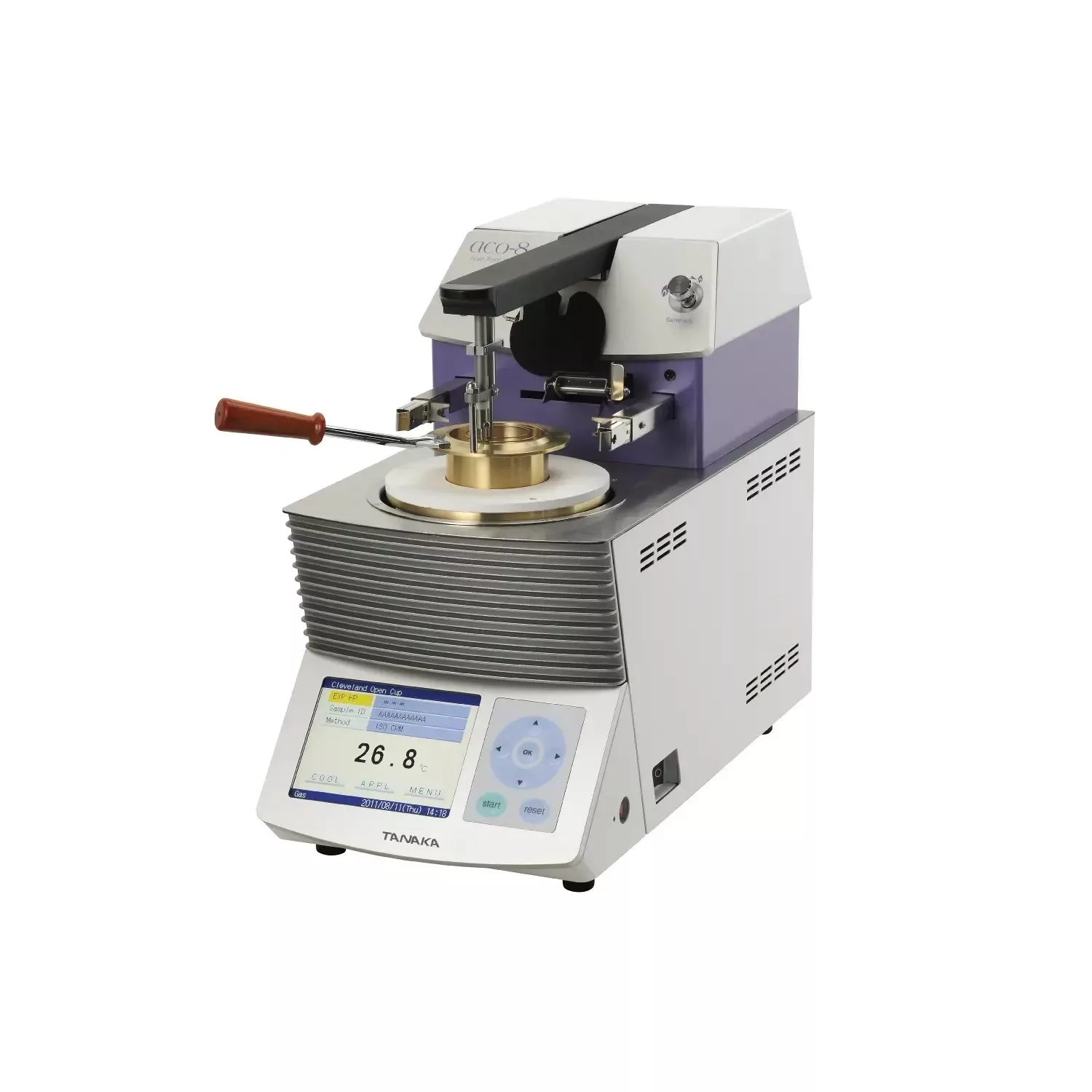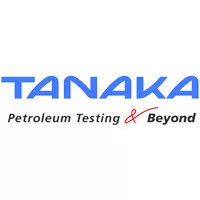Flash Point Tester – Ensuring Safety and Quality in Flammable Materials
Flash Point Tanaka aco-8 is a critical laboratory instrument used to determine the lowest temperature at which a liquid or volatile material emits enough vapor to ignite in the presence of an ignition source. This measurement is vital for assessing fire hazards, ensuring regulatory compliance, and maintaining quality control in industries handling fuels, chemicals, and lubricants.
Whether in petrochemical labs, transportation safety, or industrial manufacturing, flash point testing protects both people and processes by identifying the flammability characteristics of materials.
What Is Flash Point?
The flash point is the minimum temperature at which a liquid produces sufficient vapor to form an ignitable mixture with air. It serves as a key indicator of:
-
Material Safety – Lower flash point means higher flammability risk.
-
Storage & Transport Classification – Determines if a liquid is considered flammable or combustible.
-
Quality Control – Ensures consistency in fuel and lubricant specifications.
Types of Flash Point Testing Methods
-
Closed Cup (CC)
-
Sample is enclosed to prevent vapor loss.
-
Common standards: Pensky-Martens and Tag Closed Cup.
-
Provides accurate, lower flash point results.
-
-
Open Cup (OC)
-
Sample is exposed to air.
-
Standard method: Cleveland Open Cup.
-
Reflects real-world ignition risk in open environments.
-
Why Flash Point Testing Matters
-
✅ Ensures Workplace and Environmental Safety
-
✅ Meets Industry Standards (ASTM, ISO, EN)
-
✅ Classifies Liquids for Transport & Storage
-
✅ Prevents Fire and Explosion Hazards
-
✅ Supports Quality Control in Petrochemicals, Paints, and Lubricants
How a Flash Point Tester Works
-
Sample Preparation – A measured amount of liquid is placed in the test cup.
-
Heating Phase – The sample is gradually heated at a controlled rate.
-
Ignition Source Exposure – A flame or spark is periodically introduced to the vapor space.
-
Flash Observation – The lowest temperature at which a flash occurs is recorded as the flash point.
-
Data Recording – Modern testers automatically store and export results for analysis.
Key Features of Modern Flash Point Testers
| Feature | Description |
|---|---|
| Automatic Heating & Ignition | Reduces operator error and ensures repeatability |
| Closed & Open Cup Options | Flexible testing for different liquid classifications |
| Digital Interface | Real-time temperature display and programmable test methods |
| Data Logging & Connectivity | USB, Ethernet, or LIMS integration for report generation |
| Compact, Robust Design | Suitable for laboratories or field use |
| Compliance with Global Standards | ASTM D93, ISO 2719, EN 22719 |
Applications of Flash Point Testing
| Industry | Application Example | Purpose |
|---|---|---|
| Petrochemical | Diesel, gasoline, lubricants | Fuel classification and safety |
| Paints & Coatings | Solvent-based paints and varnishes | Fire risk evaluation |
| Food Industry | Edible oils and flavoring extracts | Quality assurance |
| Pharmaceutical | Alcohol-based preparations | Regulatory compliance |
| Waste Management | Contaminated liquids or chemical disposal | Environmental safety |
Benefits of Using a Flash Point Tester
-
🔥 Accurate Flammability Classification – Essential for transport and handling.
-
🧪 Improved Laboratory Efficiency – Automated methods save time and reduce errors.
-
🛡 Enhanced Workplace Safety – Identifies potential hazards before incidents occur.
-
📊 Data Traceability – Digital records ensure regulatory compliance.
-
🌎 Environmental Responsibility – Supports safe disposal and storage practices.
Choosing the Right Flash Point Tester
-
Sample Type – Determine if you need closed cup or open cup testing.
-
Flash Point Range – Ensure the instrument can measure the expected temperature range.
-
Automation Level – Consider automatic models for high-throughput labs.
-
Compliance Needs – Verify ASTM, ISO, and EN standard compatibility.
-
Data Management – Look for testers with connectivity for digital recordkeeping.
Summary
A flash point tester is an essential tool for laboratories and industries working with volatile or flammable materials. By providing accurate, standardized measurements, it enhances safety, supports regulatory compliance, and maintains product quality. Whether for fuels, chemicals, paints, or oils, flash point testing is a critical step in safe material handling.





Reviews
There are no reviews yet.